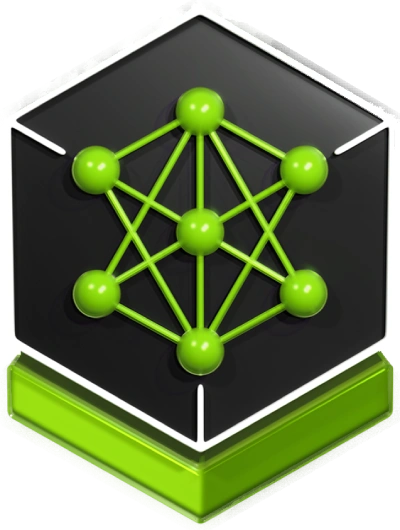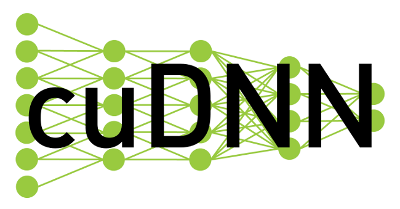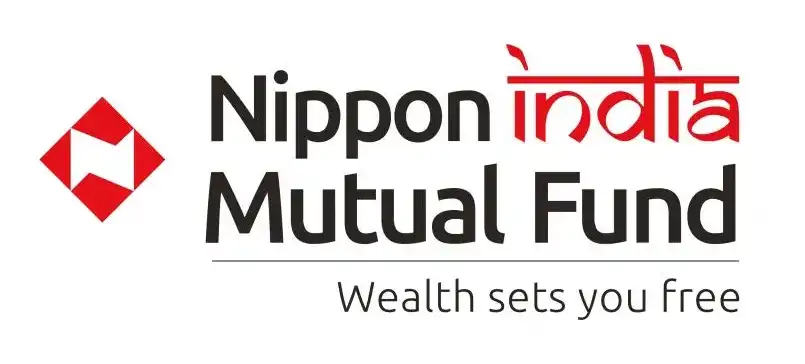Introduction to Microservices
Microservices are a modern approach to software development, where applications are built as a collection of small, independent services. Each service runs a unique process and communicates through well-defined APIs. This architecture allows for greater flexibility, easier maintenance, and faster deployment compared to traditional monolithic structures. By breaking down complex applications into manageable pieces, Microservices enable scalability and agility, essential for today’s dynamic business environment.
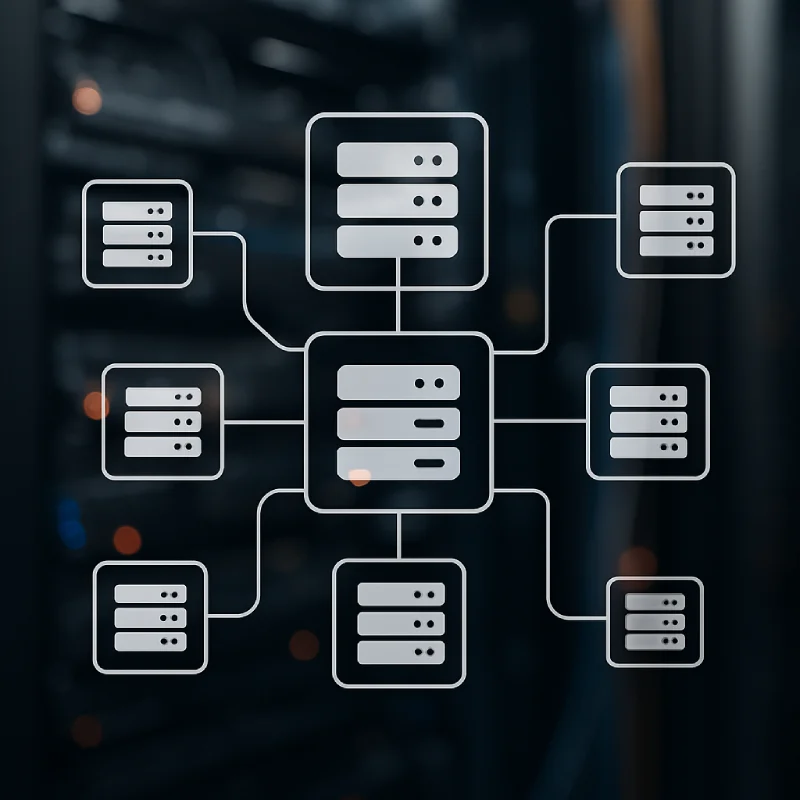
Evolution of Microservices

Early Days
Initially, software was built as interconnected, interdependent single units called monolithic applications.
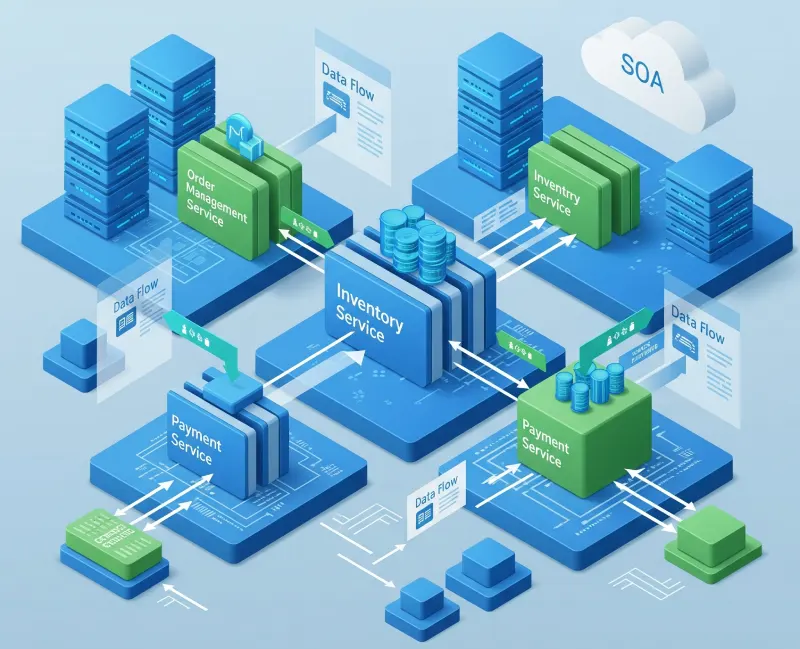
Service-Oriented Architecture (SOA)
Transitioned to SOA, splitting applications into larger, but still complex, service components.
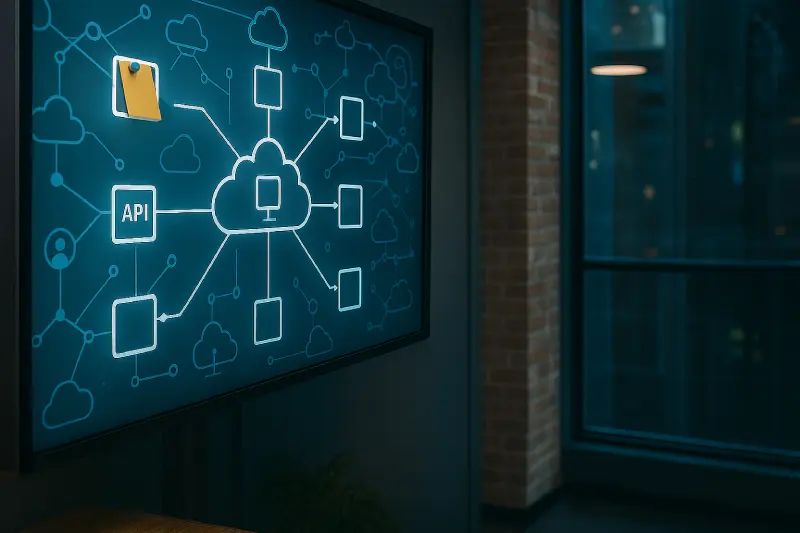
Microservices Concept Emerges
In the 2000s, innovators began breaking services into smaller, focused microservices.

Cloud Computing's Rise
Cloud platforms enabled easier, cost-effective deployment and scaling of these smaller services.
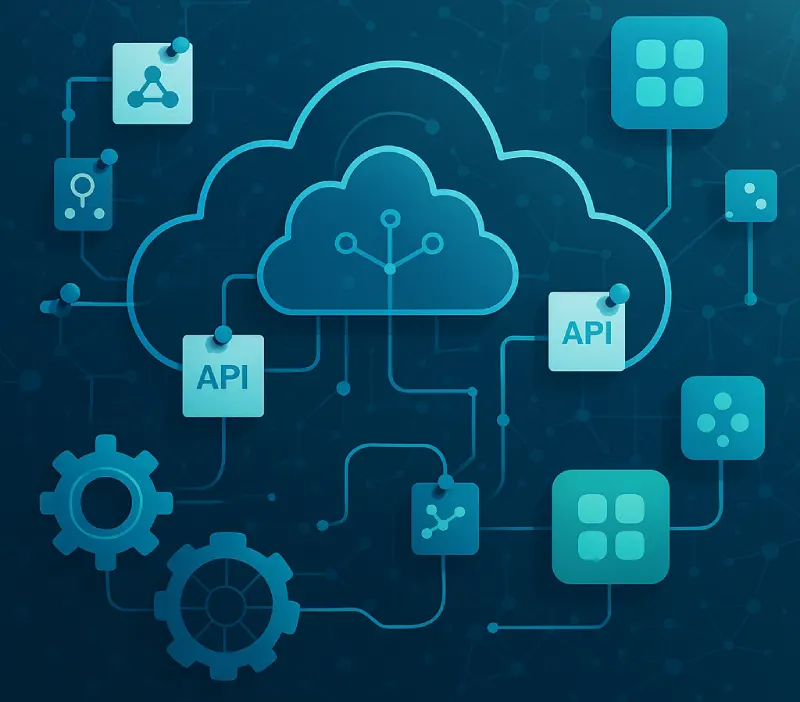
Containerization Era
Technologies like Docker revolutionized microservices by efficiently packaging and isolating each service.

Orchestration Tools Development
Tools like Kubernetes simplified managing numerous microservices, ensuring smooth operation.

Mainstream Adoptiont
Microservices are now widely used, continually evolving with new technological advancements.
Core values of Microservices
lorem

Factory Safety Monitoring
Ensure vehicle compliance inside manufacturing units

Mining Fleet Safety
Monitor haul truck load safety in mines

Warehouse Access Control
Gate check for safety gear and cargo seals

Construction Vehicle Compliance
Detect load security in real-time

Logistics Exit Audits
Automated visual checks for loaded containers

Logistics Exit Audits
Automated visual checks for loaded containers

Logistics Exit Audits
Automated visual checks for loaded containers
Characteristics of Microservices
Modularity
Independent functional units for specific tasks, enabling flexible development and deployment.
Decentralized Control
Offers flexibility with decentralized data management and processing capabilities.
Interoperability
Services communicate seamlessly through well-defined APIs, ensuring collaborative functionality.
Continuous Delivery and Deployment
Supports frequent updates with ongoing development, testing, and deployment.
Location Transparency
Operates effectively regardless of deployment location, on-premises or cloud.
Simple and Focused
Each service performs a single task with high efficiency and quality.
Scalable and Efficient
Individual scalability ensures resource efficiency and quick adaptability to demand changes.
Fault Isolation
Isolates problems to prevent widespread system issues, enhancing stability.
Resilient and Flexible
Designed for easy adaptation to change and robust failure handling.
Technology Diversity
Allows diverse technology use for each service, optimizing tool selection.
Components of microservices architecture
Microservices development services we provide
Custom Microservices Development
Tailoring microservices to meet unique business requirements and operational goals.
API Development and Integration
Facilitating seamless communication between microservices for integrated, efficient system functionality.
Microservices Architecture Development
Building robust, scalable microservices frameworks aligned with specific business objectives.
Microservices Design
Designing microservices for optimal performance, scalability and ease of maintenance.
Microservices Integration
Ensuring different microservices work together effectively for a cohesive system.
Microservices Testing
Rigorous testing for reliability, performance, and security of microservices systems.
Containerization and Orchestration
Managing and scaling microservices efficiently, particularly in cloud environments.
DevOps and CI/CD
Streamlining development lifecycle with continuous integration and delivery for microservices.
Microservices for Cloud
Leveraging cloud technologies to enhance microservices scalability and flexibility.
How microservices differ from monolithic architecture ?
| Aspect | Microservices | Monolithic Architecture |
|---|---|---|
| Structure | Small, independent modules. | Single, unified codebase. |
| Scalability | Scale specific services as needed. | Scale entire application. |
| Flexibility | Various technologies across services. | Limited to one technology stack. |
| Deployment | Independent service deployment. | Deploy whole application. |
| Development Speed | Rapid, manageable parts development. | Slower updates due to size. |
| Fault Isolation | Isolates service failures. | One fault affects all. |
| Maintenance | Maintain and update small services. | Time-consuming large codebase maintenance. |
| Performance | Optimized, isolated performance. | Potential bottlenecks. |
| Adaptability | Quick to adapt to changes. | Adapting new tech is slower. |
| Team Collaboration | Small teams work independently. | Large teams share codebase. |
Benefits of Microservices from startups to enterprises
| Benefit | Startups | SMBs | Enterprises |
|---|---|---|---|
| Scalability | Scales with user growth | Manages increased market demand | Handles global user base |
| Speed of Deployment | Quick updates to market | Faster product iteration | Streamlined workflow |
| Cost Efficiency | Lowers initial costs | Reduces operational expenses | Optimizes IT spending |
| Flexibility | Adapts to market changes | Customizes services easily | Tailors solutions per department |
| Innovation | Encourages creative solutions | Supports new business models | Fosters R&D initiatives |
| Focus on Core Business | Prioritizes key features | Concentrates on growth areas | Aligns with strategic goals |
| Talent Attraction | Attracts forward-thinking devs | Brings in versatile skill sets | Draws industry-leading experts |
| Technology Adaptability | Integrates latest tech easily | Upgrades systems efficiently | Maintains technological edge |
| Resilience | Handles failures gracefully | Ensures business continuity | Guarantees enterprise stability |
| Customer Satisfaction | Rapid response to feedback | Personalizes user experience | Delivers consistent service |
Microservices for different industries
Successful example of Microservices ( Billion Dollar Businesses )
 Amazon
AmazonKey steps to deploy Microservices
Define Clear Goals
Identify specific problems or objectives for microservices.
Analyze Current Architecture
Review existing systems for potential microservices conversion.
Choose the Right Tech Stack
Select suitable technologies like Docker and Kubernetes.
Develop Microservices
Build individual services focused on single functionalities.
Create a DevOps Culture
Implement DevOps for efficient, collaborative development processes.
Ensure Effective Communication
Use secure, reliable APIs for service interaction.
Implement Service Discovery
Track microservices locations for efficient network interaction.
Focus on Security
Apply strong security at every microservices layer.
Test Rigorously
Conduct thorough individual and integrated system tests.
Deploy Incrementally
Gradually release microservices, monitoring each deployment.
Monitor and Optimize
Continuously evaluate and enhance microservices performance.
Iterate and Improve
Regularly update microservices based on feedback.
Microservices frameworks we follow








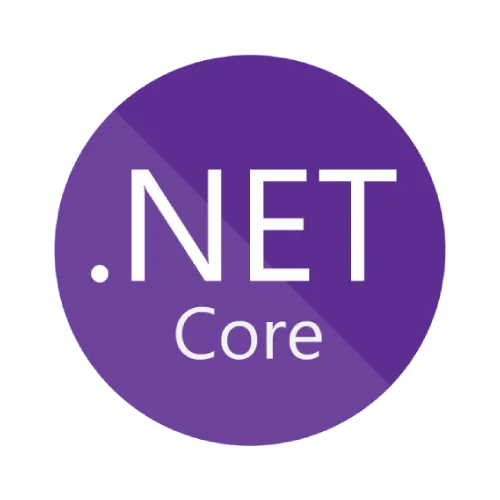
Tech Stack We Use to Build AI Chatbot
 Docker
Docker Kubernetes
Kubernetes
 Spring Boot
Spring Boot Node Js
Node Js Prometheus
Prometheus



Tech Stack We Use to Build AI Chatbot
 Docker
Docker Kubernetes
Kubernetes
 Spring Boot
Spring Boot Node Js
Node Js Prometheus
Prometheus



Tools powering our Microservices

Grafana

Docker

Kubernetes

Spring Boot

Node Js

Prometheus

kafka

Istio
Git
Tools powering our Microservices

Grafana

Docker

Kubernetes

Spring Boot

Node Js

Prometheus

kafka

Istio
Git
Years
Driving innovation and delivering value for over two decades in the IT industry.
Clients
Globally trusted by 2000+ clients who Hire Dedicated Developers in India with 90% retention.
Countries
Providing developers for hire in 25+ countries including India, US and UK.
Projects
Accomplished 5000+ projects with advanced technologies and topnotch developer expertise.
Our Development Tech Stack
What Our Clients Have to Say
Discover how our clients have benefited from our dedicated development services.
AI-Based Fleet & Compliance Management
Construction
Scalable & Efficient AI Solutions for End-to-End Operations
"Softlabs Group delivered an exceptional AI-driven solution that transformed our workflow. Their expertise in fleet management, worker safety, and compliance monitoring provided a scalable system that seamlessly integrated into our infrastructure, optimizing logistics and ensuring regulatory compliance."
IT Project Lead, Leading Construction Company
CRM and Operations Software
Energy Sector
Exceptional Quality & Expertise
"Compared to our previous developers, Softlabs development quality is outstanding. Their expertise is highly commendable. They provided real-time feedback on project progress, clearly outlining what is feasible. Their flexibility and willingness to adapt when needed were truly appreciated."
Operations Manager, Energy Sector
Credit Rating Software
Manufacturing
User-Centric & Highly Responsive
"Softlabs Group understands end-user needs and develops tailored solutions accordingly. Everyone I interacted with was extremely courteous and professional. Their dedication, critical thinking, and responsiveness stood out. I have no hesitation in recommending Softlabs to anyone seeking a reliable development partner. "
Managing Director, SKYGOLD Ltd.
ID Verification Software
Recruitment
High-Quality & Timely Delivery
"The team did an outstanding job delivering high-quality software within the given deadlines. They were always available to discuss project details, ensuring we stayed on the right track. I highly recommend their services to anyone looking for a dedicated and highly experienced team. "
CEO, Talent Acquistion Company
Survey Management Platform
Research
Quality, Adaptability & Collaboration
"Softlabs Group developed a robust web-based application that streamlined our operations. Their expertise in software development, adaptability, and collaboration ensured a seamless implementation. The team's dedication to quality and effective communication made a significant impact on our success. "
Sr. Manager, Research Industry
Investment Portfolio Management System
Financial
Successful Results & Long-Term Commitment
"Softlabs Group's service and results have been highly successful for us. Their team ensures clear and consistent communication, conveying project details effectively. Their commitment to long-term partnerships goes beyond project goals, fostering strong collaboration for future success."
Senior IT Manager, Mutual Fund Distribution Co.
Capital Project Planning Software
Construction
Intelligent & Data-Driven Solutions for Capital Planning
"Softlabs Group developed a Capital Project Planner that streamlined budgeting, forecasting, and third-party integrations. Their expertise in data synchronization and quality analysis ensured seamless operations. Their problem-solving approach helped optimize resources and improve decision-making."
Project Controls, Leading Construction Firm
 California, USA
California, USA Trusted by 2000+ Clients Since 2003
We have clients globally, including the USA, Canada, UK, Sweden, Portugal, Belgium, Kenya, Zambia, South Africa, Israel, Oman, Saudi Arabia, Singapore, South Korea and Australia. Impressively, we've retained 90% of them.

 USA
USA
 USA
USA
 UK
UK
 USA
USA
 UK
UK
 UK
UK
 USA
USA
 UK
UK
 Sweden
Sweden
 USA
USA
 UK
UK
 Sweden
Sweden
 Australia
Australia
 Switzerland
Switzerland
 Kenya
Kenya
 Australia
Australia
 South Korea
South Korea
 Zambia
Zambia































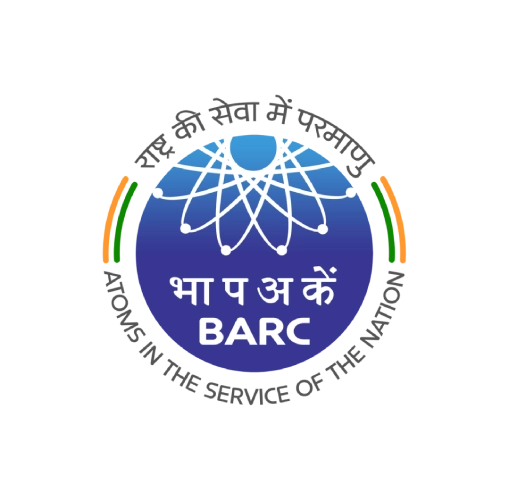



- Leverage 20 Years of Software Excellence for Your Bespoke Projects.
- Secure Your Complimentary 30-Min Consultation on Tailored Software Solutions.
- Request Your Personalized Quote Today.
- Embark on Your Custom Software Journey with Softlabs!
Why Wait?
Drop us a line
FAQs about Microservices
We can initiate projects swiftly following a consultation to understand your specific needs.
Duration varies based on project complexity, but we aim for efficient timelines.
Absolutely, our team is experienced in integrating with diverse technology stacks.
Yes, we provide comprehensive support and maintenance services post-deployment.
Security is a priority, and we implement robust measures at all stages.
Certainly, we can share case studies and success stories relevant to your sector.
Contact us through our form, and we’ll schedule a detailed discussion.
We maintain flexibility to adapt to changes and ensure client satisfaction.













































































